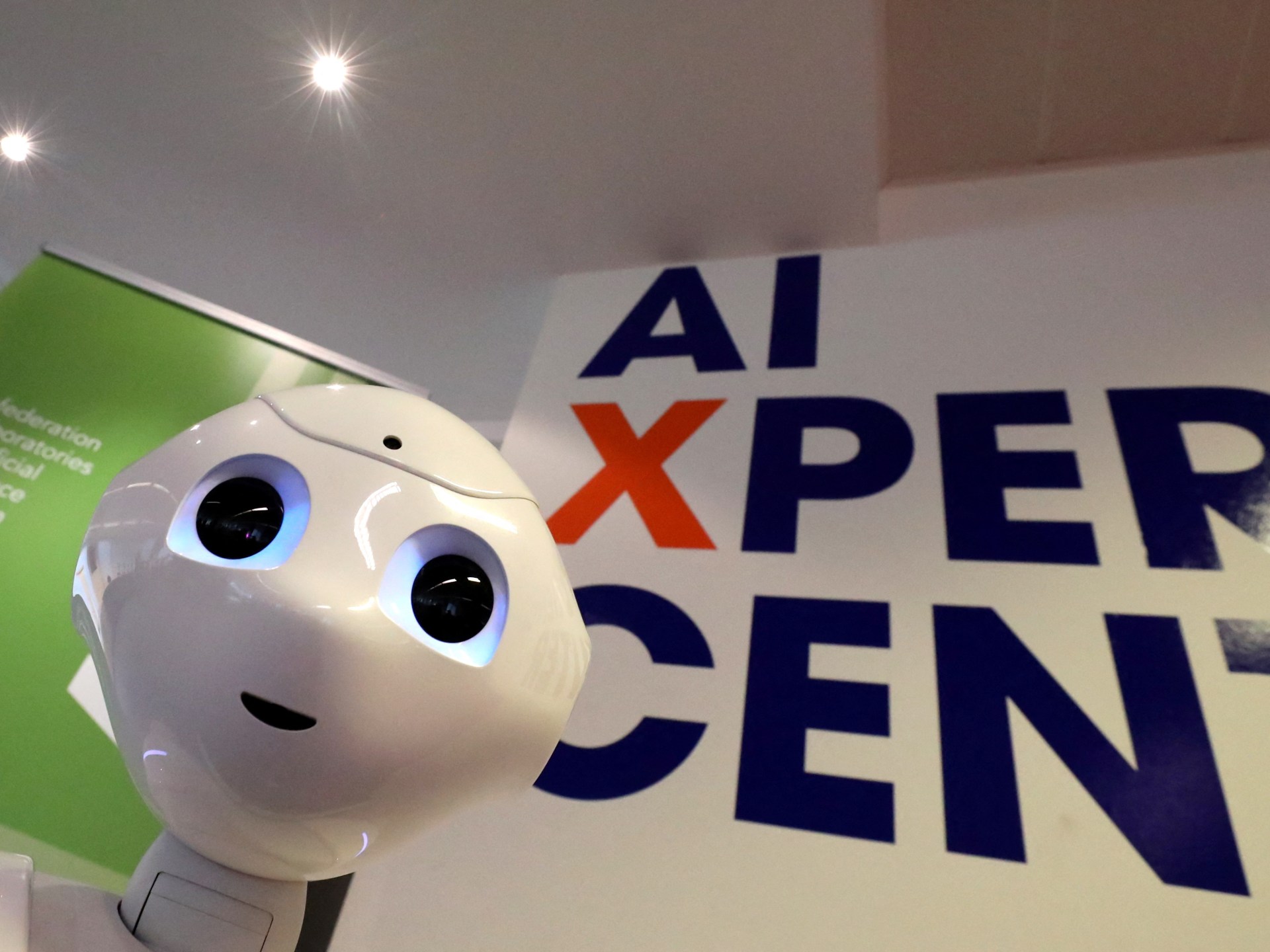The New York Times said that artists are beginning to worry that artificial intelligence will overtake art, and it may end up replacing them.
She added that it is a foregone conclusion that robots will take over jobs that were previously reserved for humans, such as moving heavy pallets in warehouses and sorting materials to be recycled.
Today, major advances in generative AI mean that robots are creeping into art and artists too.
And the artworks generated by artificial intelligence using simple and ready-made texts began to win art competitions, decorate book covers, and promote theatrical and musical performances such as the ballet "The Nutcracker" by Russian musician Peter Tchaikovsky, developments that make artists concerned about their future, according to the American newspaper.
The threat from AI intrusion may seem purely personal. An image generation model called Stable Diffusion has been trained to recognize patterns, methods, and relationships by analyzing billions of images collected from the Internet, along with texts explaining their contents.
This model is used - according to Wikipedia - primarily for creating detailed images conditional on text descriptions, although it can also be applied to other tasks such as coloring, external coloring, and creating image-to-image translations with the guidance of a text prompt.
Among the images on which the generating model was trained was the work of Greg Rutkowski, a Polish artist who specializes in fantasy scenes featuring dragons and magical beings.
Seeing Rutkowski's work alongside his name allowed the AI to learn his technique so efficiently that when the image generation model (Stable Diffusion) was released, his name became a label for users who wanted to create dreamy fantasy images.
And one of the artists noticed that the strange selfies taken through the “Lensa” application simulate what the artificial intelligence learned from the data it trained on.
In this, Gregg Rutkowski says, "These databases were created without any consent or permission from the artists."
Since the advent of image generators, he adds, he has received far fewer requests from new authors who want him to design covers for their fantasy novels.
Lenza is one of the best photo editing and design editing programs.
Meanwhile, Stability AI, the company that developed the image generation model referred to above, recently raised $101m from investors and is now valued at over $1bn.
According to computer science professor Ben Zhao, artists are afraid of any new work they have on the Internet, although it is the means most of them resort to for promotion.
This prompted Gao and a team of computer science researchers at the University of Chicago to design a tool called Glaze that aims to hinder AI models from learning the style of a particular artist.

